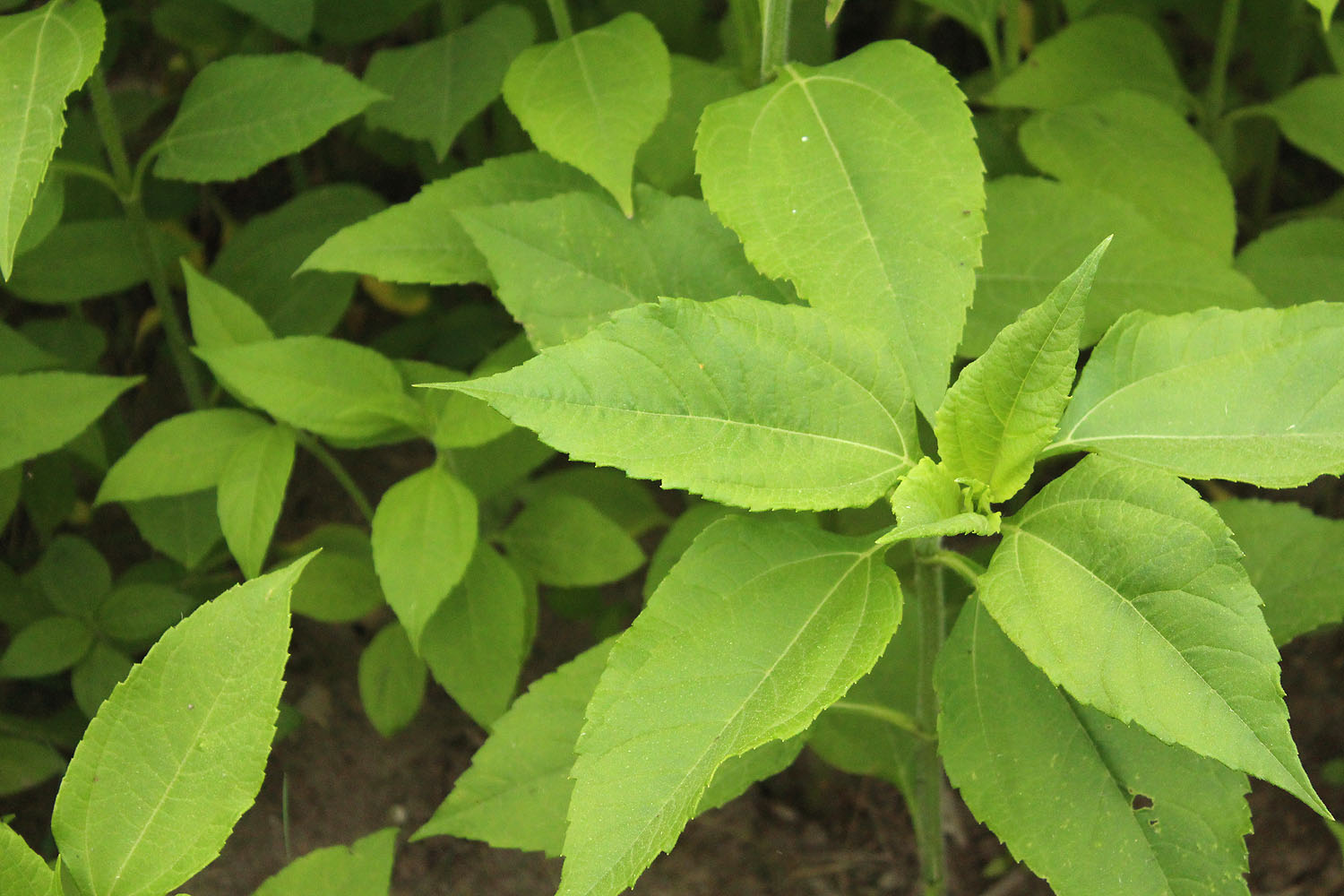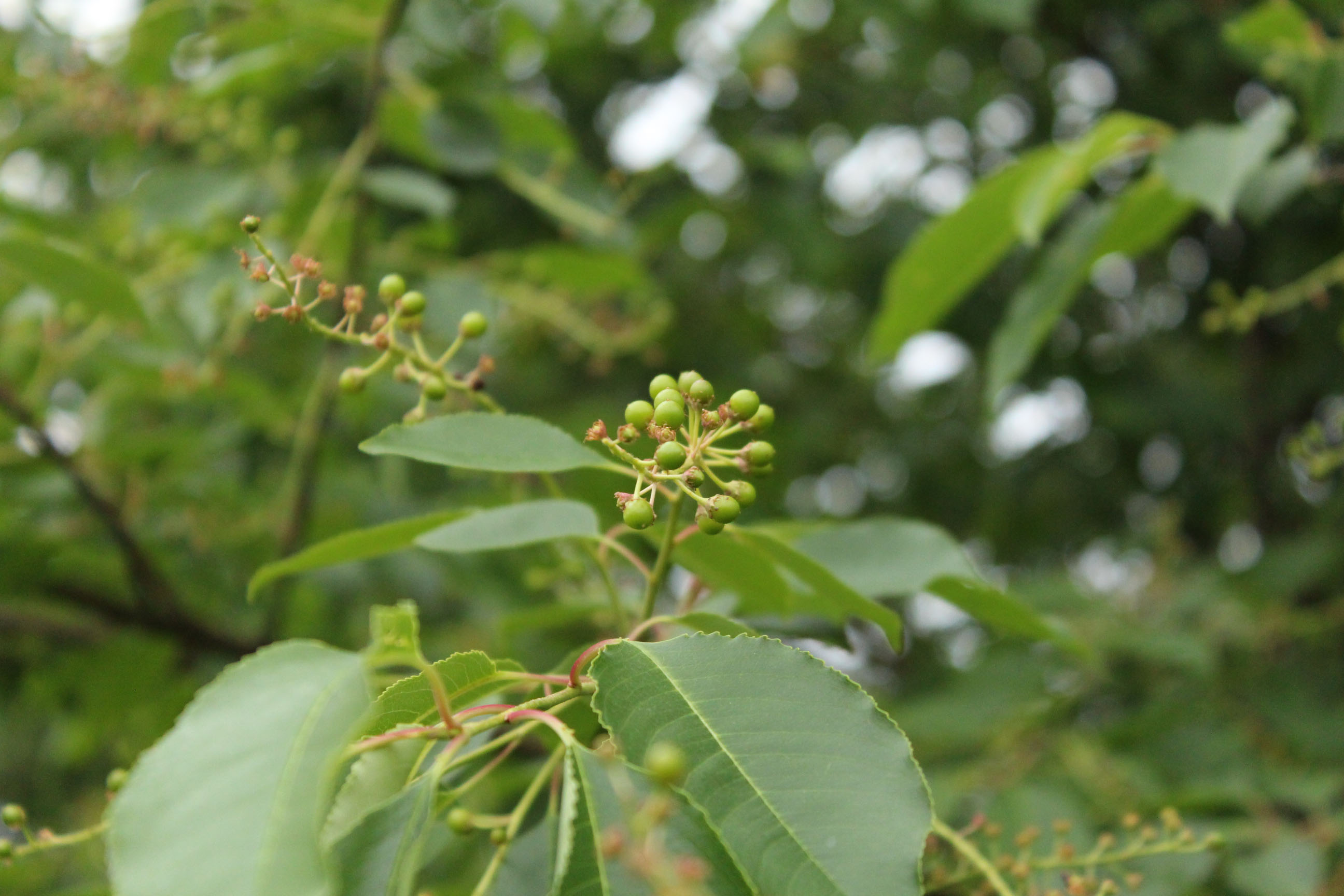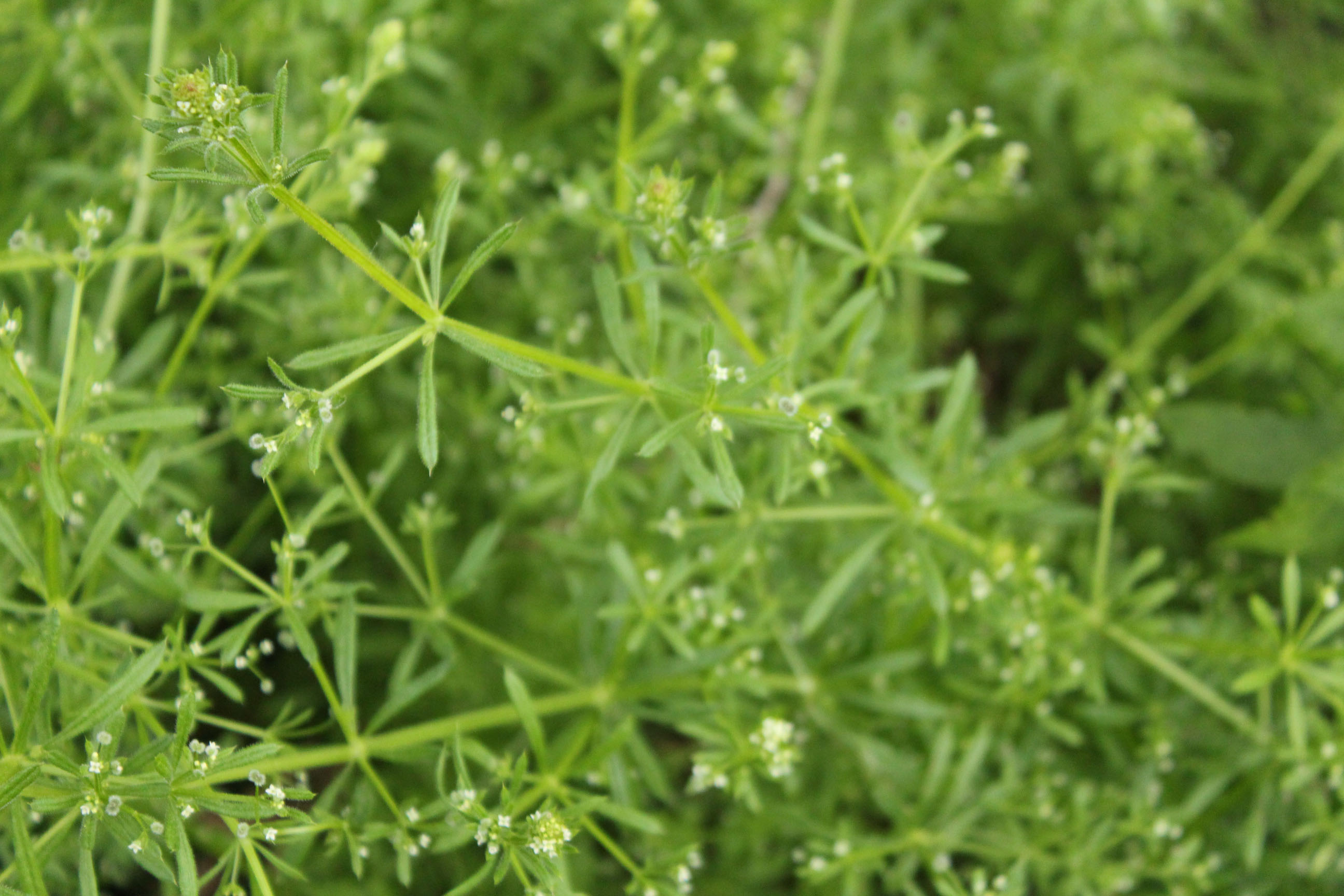Wild Edible Walk:
Victoria and I went on a “Foraging for Dinner” walk through the woods at Fruitlands Museum in Harvard, MA with regional environmental expert Russ Cohen. A walk with Russ is unlike any stroll through woodlands that you will ever experience. Both tranquil  and infinitely eye opening. It seemed like every 10 feet there was a different variety of edible delights that have evidently been in front of me my whole life, but disregarded as just a pretty tree or raggedy weed. As I tromped over the poison ivy and poison oak, which were pointed out early on as “non-edible” species, we lingered through a beautiful trail that looped its way around the Fruitlands property. From the obvious to the obscure, we found hidden treasures, many of which dominant much of our own backyard. We then drove back home, slowly passing the pizza shop, however, you really can’t help but crave a fresh spring salad after a night like this.
and infinitely eye opening. It seemed like every 10 feet there was a different variety of edible delights that have evidently been in front of me my whole life, but disregarded as just a pretty tree or raggedy weed. As I tromped over the poison ivy and poison oak, which were pointed out early on as “non-edible” species, we lingered through a beautiful trail that looped its way around the Fruitlands property. From the obvious to the obscure, we found hidden treasures, many of which dominant much of our own backyard. We then drove back home, slowly passing the pizza shop, however, you really can’t help but crave a fresh spring salad after a night like this.
Wild Edible Sampling
- Wild Roses & Rose Hips
(all roses are edible. 1 cup of rose hips equals same vitamin C as 12 oranges) - Fox Grape leaves
(second week in September best harvest) - Riverside Grape leaves
- Jerusalem Artichoke
- Wild Black Cherry tree
- Black Raspberry
- Blackberry
- Smooth Sumac
(edible leaves are long and pointed with toothy edges & berries are in tight cluster) - Cleaver plant
(taste like pea pods but with Velcro texture) - Maple tree
- Hazelnut tree
- Basswood or Linden tree
(related to the lime family) - Jewelweed
(juice in stems used for poison ivy remedy) - Dewberry tree
- Sheep Sorrel
(tastes like lemon) - Black Birch tree
(stems contain aspirin qualities for pain relief and tastes and smells like wintergreen) - Shagbark Hickory
- Bayberry tree
- Sassafras tree
(roots smell like rootbeer and ground leaves used in Filé for Gumbo) - Autumn Olive plant
- Black Walnut tree
(nut has oily texture and distinct taste)
 Wild White Roses
Wild White Roses
-- Weather When Posted --
- Temperature: 71°F;
- Humidity: 73%;
- Heat Index: 71°F;
- Wind Chill: 71°F;
- Pressure: 30.02 in.;






The “Ladys’ Thumb Smartweed” is edible (& medicinal as well), & usually grows nearby in the shadows of the Wild Roses, as well as “Dandilions”, “Ramps”,& “WOOD SORREL “! :- )
Bill